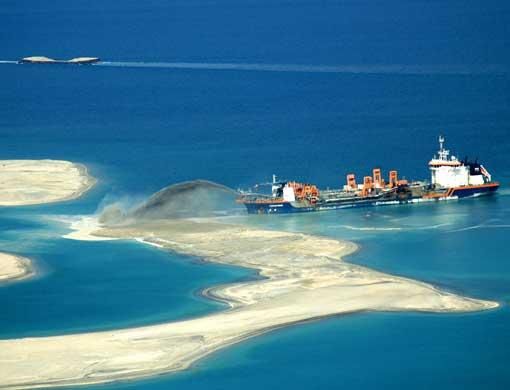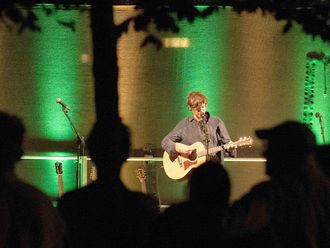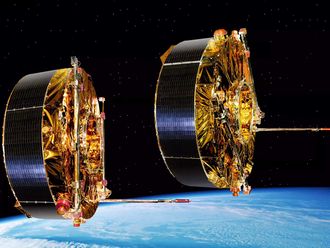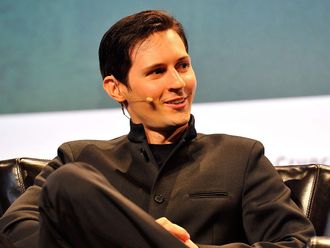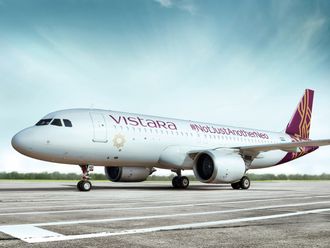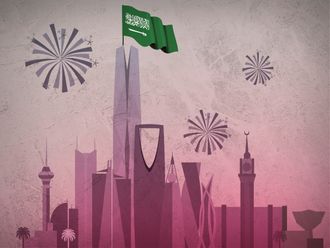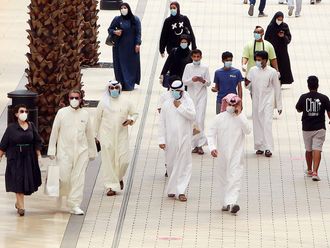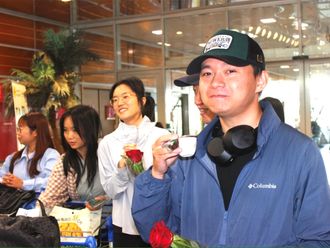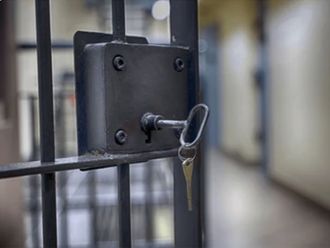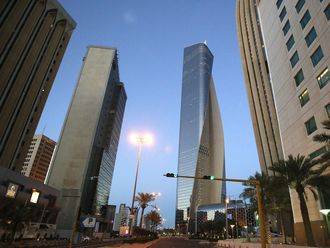Walking along Jumeirah beach, it is impossible not to notice the mammoth ships in the distance that are busy creating the new Dubai coastline by means of dredging.
"In Dubai, dredging is still a booming activity," says Jurgen Versteeg, general manager of IHC Merwede. "Dredging is vital to social and economic development," says K. A. Vakanas, general manager and director of Boskalis Westminster Middle East Ltd. "It is of particular importance to the construction and the maintenance of much of the infrastructure upon which our economic prosperity and social well-being depend."
The process of dredging involves gathering up sediments that are on the seabed and disposing them at a different location. This technique can be used to produce materials for land reclamation, something that is very important in the UAE given the desire for mega-construction and the limit that available land enforces.
The main dredging vessels employ suction technology and in Dubai trailing suction hopper dredgers (TSHD) are the principal type. In order to start dredging, the TSHD reduces its speed to between one and two knots and then lowers the suction pipes on both sides of the ship all the way to the seabed. Sand pumps transfer the sand dredged up by the suction head into the hold or hopper. The excess water is drained off via the overflow pipes. When the hopper is full, the ship sails to its destination, the reclamation area. "There are several ways of discharging a hopper," says Versteeg.
"The fastest way is by means of big door located on the bottom of the hull. But when the water is shallow, this is not possible. Then the dredger will use its rainbow installation, located on the bow of the vessel. The vessel will spray the sand and water mixture onto the beach in the shape of a rainbow."
TSHDs can have modifications that boost their usefulness. For example, a cutter suction dredger has the addition of a cutter head at the suction inlet to use on areas that have hard surface materials like gravel or rock. "IHC Merwede currently owns five shipyards which are specialised in building dredgers, which can vary from a standard dredger to a custom built one," says Versteeg.
While the availability and efficiency of dredgers is excellent, such heavy work can result in unexpected maintenance issues that not only result in unwanted cost for the company but can also result in delays. To deal with any maintenance issues, IHC Merwede set up an IHC Service Centre in Dubai four years ago.
It has now turned this into a Regional IHC Organisation for the whole of the Middle East.
Specialised knowledge
"Life Cycle Support is an important part of our services," says Versteeg. "From repairs or inspections on board to management of a complete docking, from delivery of wear parts up to a complete renovation of a dredger, our experts use their specialised knowledge."
In Dubai the majority of the mega projects based along the coast of the Arabian Gulf, such as the Palm Islands and The World, employ the dredging technique with "no limitation to the type of construction on such islands," says Vakanas.
Given that their homeland is below sea-level, it is hardly surprising that it is the Dutch marine and dredging companies such as Royal Haskoning, Royal Boskalis Westminster and Van Oord who have carved a niche for themselves in this specialised field.
The Palm Islands - comprised of Palm Jumeirah, the Palm Jebel Ali and the Palm Deira - are the largest land reclamation projects in the world and will add 520 kilometres to the coastline of Dubai. The developer Nakheel hired Van Oord, one of the world's specialists in land reclamation, for the ambitious project.
The first two islands, Palm Jumeirah and Palm Jebel Ali, will comprise approximately 100 million cubic metres of rock and sand while one billion cubic metres of rock and sand will be used in the construction of Palm Deira. In addition, all three islands will have artificial peninsulas constructed of sand dredged from the bottom of the Arabian Gulf.
The largest of the three islands is the Palm Deira, which is expected to be finished by 2015. By early October 2007, 20 per cent of the island's reclamation was complete, with a total of 200 million cubic metres of sand used.
Then in early April 2008, Nakheel announced that more than a quarter of the total area of the Palm Deira had been reclaimed and approximately 80 per cent of Deira Island Front's reclamation was complete. During the Deira Islands and Palm Deira projects, it is expected that an average of five TSHDs will work at any one time.
In 2003, Van Oord was also awarded the construction of Dubai Maritime city by Nakheel. The 31 million cubic metres of sand needed for the development was sourced using TSHDs. For the construction of the quay wall, Van Oord utilised a backhoe and a split hopper barge for the rock foundation works, and a TSHD for the reclamation works.
In the construction of the archipelago of more than 300 islands known collectively as The World development, preparation began in 2003 and was completed in 2008 by Van Oord. In total, 34 million tonnes of rock and 320 million cubic metres of sand were used. In the primary stages of the construction, sand was deposited in sandbanks to ten metres below sea level to lay the foundation of the continents on the seabed. Medium-sized dredgers then raised the sand banks to seven metres below sea level and smaller vessels increased the height to five metres below sea level.
Large-capacity TSHDs employed the rainbow technique to bring the sand above water level. This was followed by cutter suction dredgers shaping the individual islands three metres above sea level.
Although Van Oord has forged an impressive partnership with Nakheel, other Dutch companies are being awarded huge contracts. Royal Boskalis Westminster recently awarded the contract for the redevelopment of Port Rashid in Dubai, to be completed within two and a half years. Vakanas says, "We are [now] working on the Port Rashid redevelopment project where filling from dredging in excess of 100 million cubic metres is required to redevelop the area."
Boskalis will execute the project in a 50/50 partnership with the Belgian dredging company D.E.M.E. The contract is worth approximately 400 million euros, with Boskalis' share amounting to approximately 200 million euros. The project will be executed with four large TSHDs and 540 hectares of new land will be reclaimed. This will include the preparations for the construction of a prestigious new cruise terminal with 3.4 kilometres of quay walls.
Beach reclamation
Tourism campaigns are encouraging holidaymakers to flock to Dubai to enjoy its sunny climate so it is of utmost importance that the emirate's beaches are comparable if not superior to other celebrated sun destinations. However, with the large offshore developments influencing sediment transport along the coast and the harshness of the Arabian Gulf, Dubai's beaches needed an upgrade.
With this in mind, Nakheel selected seven beaches for renovationin 2003 and contracted Van Oord for the project. To replenish the eight kilometres of coast, work had to be carried out close to the shore and so employing the rainbow technique was not feasible. Instead, TSHDs dredged sand from the seabed and then used floating pipelines to place it on the beaches. In total, 3.5 million cubic metres of sand and 540 tonnes of rock were used.
Once the replenishment was completed in September 2005, the beaches were converted to mushroom-shaped, which are proven to be less prone to erosion due to the way in which they diffuse the tidal energy.
Helping to create a new map
Helping to create a new map


